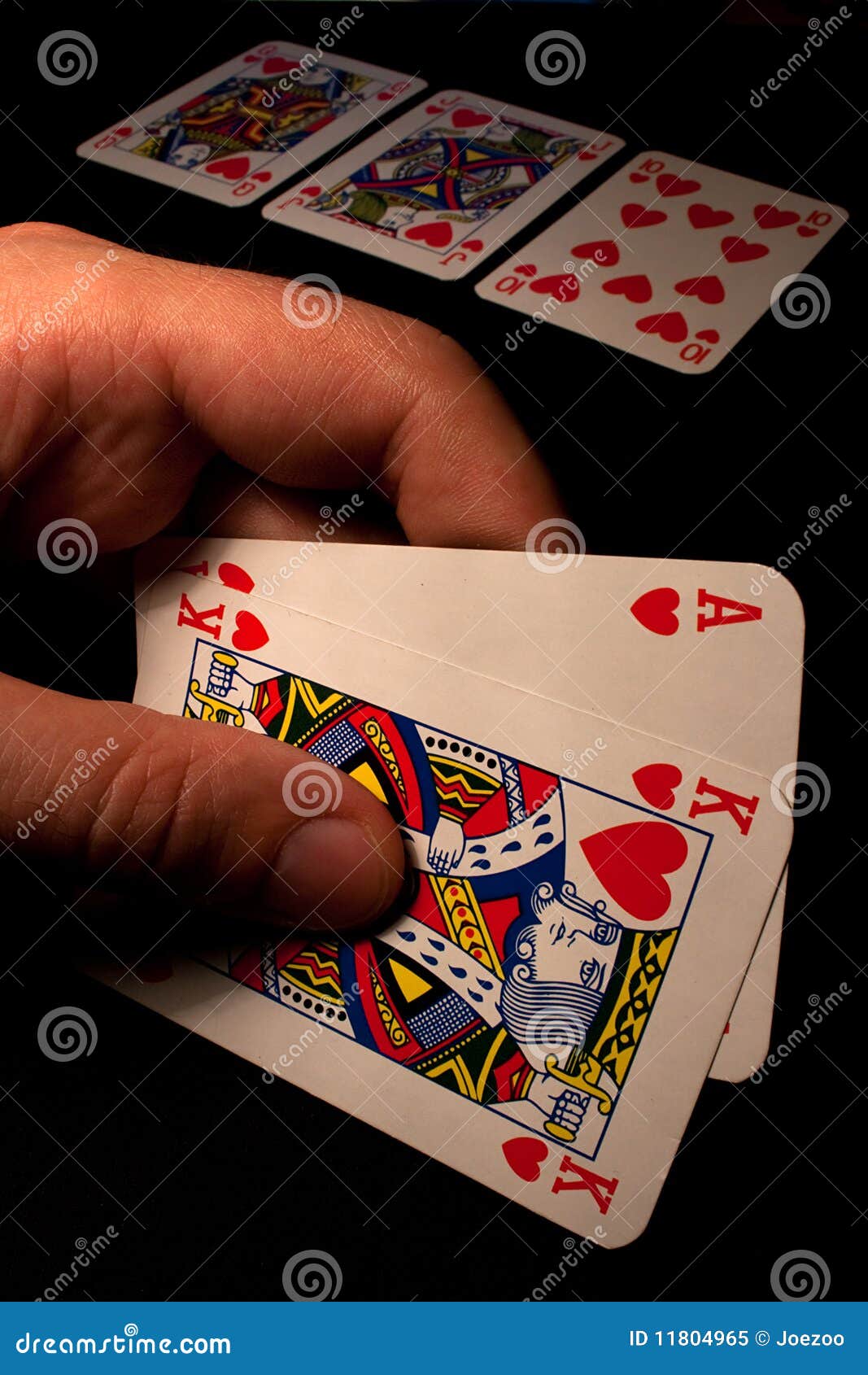Probability Of Getting Royal Flush In Texas Holdem
Whereas a pair floats by often enough, getting a straight or royal flush is less likely. 7 out of 52 means, that although you build your hand using 5 cards, you still have 7 cards from which to choose these 5. In the case of Texas Hold'em, there's the 2 pocket cards and 5 on the board. The number of possible poker hands is a combinations in probability problem. N = 52, r = 5: (n!) / (r!. (n − r)!) is how you calculate the number of groups of 5 cards in a 52 card deck. This turns out to be: 2,598,960. Since there are 4 ways to get a royal flush. The probability is 4/2,598,960. Or reduced: 1/649,740. There are 9 unknown cards left that could complete your flush so you have 9 outs out of 47 total unknown cards (52 cards in the deck – your 2 cards and – 3 more on the flop). This is how Texas Hold’em odds are calculated. Rounded to the nearest tenth of a percent, 9/47 = 19.1, or a 19.1% chance to hit your flush on the turn. If one is playing Texas Hold 'Em, in which one is dealt 2 cards, the chances of getting a royal flush when the first 3 community cards ('the flop') are dealt is about 1 in 650,000. The best hand (because of the low probability that it will occur) is the royal flush, which consists of 10, J, Q, K, A of the same suit. There are only 4 ways of getting such a hand (because there are 4 suits), so the probability of being dealt a royal flush is `4/(2,598,960)=0.000 001 539` Straight Flush.

Playing poker is about playing the odds. The following list gives the odds for outcomes in Texas Hold’em hands. When you realize how heavily the odds are stacked against you, you may want to rethink going all-in before the flop with two suited cards. Use the odds to your advantage:
Probability Of Getting Royal Flush In Texas Holdemlush In Texas Hold Em
1 percent (1-in-100): Percentage of time that no player holds an Ace or a King at a table in a 10-handed game
1 percent (1-in-100): Percentage of time that if you hold two suited cards, you’ll flop a flush
6 percent (about 1-in-20): Percentage of time that five community cards will give pocket suited cards a flush
6 percent (about 1-in-20): Percentage of time that you’ll be dealt a pocket pair
8 percent (about 1-in-12): Percentage of time that you’ll hit at least trips after having a pair on the flop
12 percent (about 1-in-8): Percentage of time that you’ll flop trips if holding a pocket pair
12 percent (about 1-in-8): Percentage of time that two more cards will flop in the same suit as a suited pocket pair
19 percent (about 1-in-5): Percentage of time that the five community cards will at least trip your pocket pair
32 percent (about 1-in-3): Percentage of time that you’ll pair one of your cards on the flop (with no pocket pair)
33 percent (about 1-in-3): Percentage of time that you’ll make a full house or better after having trips on the flop
35 percent (about 1-in-3): Percentage of time that you’ll make a flush on the turn or river if you have four cards to a flush after the flop